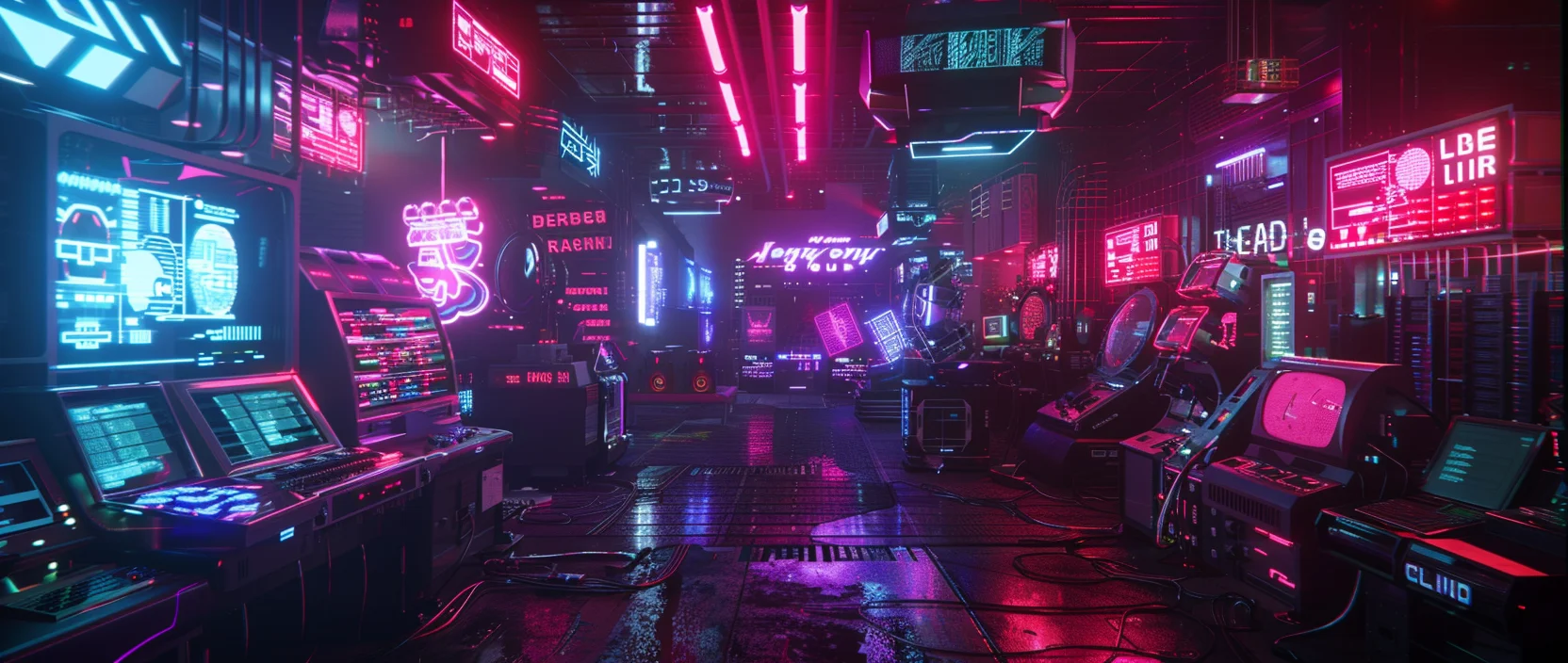Arcade Colony is an innovative platform that connects traditional Web2 games with the capabilities of Web3. Publishers gain access to tools for integrating tokens, NFTs, in-game economies, and even decentralized governance. The platform forms a unique ecosystem where familiar projects acquire new ways to grow, and users gain new methods of interaction and earning. The project aims to become a universal solution for both developers and players, where everyone receives real value from gameplay.
Contents
- Overview of Arcade Colony
- Comparison of Web2 and Web3
- Key Components of the Ecosystem
- Games within Arcade Colony
- Players’ Perspective
- Conclusion

1. Overview of Arcade Colony
Arcade Colony is a web platform that provides developers with the ability to merge traditional gameplay mechanics with blockchain tools. Here it is possible to introduce tokens, create collectible assets, organize trading and renting, and establish DAOs for democratic governance. The platform operates on a technological base that has already been tested by millions of gaming transactions, ensuring reliability and scalability.
Unlike narrowly specialized solutions, Arcade Colony creates a universal environment where every game can coexist with others, using a single mechanism for tokens and smart contracts. This synergy allows users to move assets between different games, while developers gain ready-made infrastructure without the need to build it from scratch.
Thus, the platform positions itself as a complete hub for Web3 gaming, where the interests of developers, players, and investors converge.
2. Comparison of Web2 and Web3
The main idea of Arcade Colony is not to replace the Web2 model but to expand it by integrating Web3 elements into games. This approach allows developers to stay true to classic gameplay while simultaneously opening new paths for monetization and interaction. The table below illustrates the key differences between traditional games and projects enhanced with Web3 through Arcade Colony.
| Parameter | Web2 | Web3 (with Arcade Colony) |
|---|---|---|
| Ownership of assets | Virtual items belong to the developer | Players own NFTs and can freely trade or use them |
| Economy | Limited to in-game purchases | Open trading of tokens and digital assets |
| Community participation | Forums and chats | DAO and token-holder voting |
| Monetization | Sale of DLCs and advertising | Play-to-Earn and asset renting |
This comparison clearly shows that Web3 does not replace but strengthens the traditional model. It is a hybrid approach: players can continue to enjoy familiar mechanics while optionally using advanced features, and publishers gain access to new sources of revenue. Such a balance makes Arcade Colony a flexible tool for the industry’s transition to the next stage.
3. Key Components of the Ecosystem
The infrastructure of Arcade Colony consists of interconnected modules that cover the full lifecycle of a game — from its launch to economic development and player interaction. These tools make the platform self-sufficient and convenient for both beginners and experienced developers.
- A game catalog for quick discovery and integration into the community.
- A community-driven marketplace for free asset exchange.
- A publisher store that allows direct monetization of content.
- A personal dashboard with balances, tokens, and NFTs accessible through a unified interface.
- A complete transaction history, useful for tracking and analysis.
- A payment system with direct payouts to developers without intermediaries.
- A secure authorization system with single sign-on functionality.
- Bridges for transferring assets between games and blockchains.
- Smart contracts for issuing, renting, and transferring assets.
- A DAO powered by the COLONY token for community governance.
The presence of these components makes Arcade Colony a full-fledged ecosystem where every game receives support, and users are provided with transparent and secure interaction conditions.
The platform’s unique strength lies in how all modules are interconnected. The catalog and marketplace attract players, smart contracts and bridges guarantee technical stability, while the DAO builds trust and community engagement. As a result, Arcade Colony is not just a set of tools but a complete ecosystem capable of supporting long-term project growth and fostering a sustainable digital economy.

4. Games within Arcade Colony
To showcase the platform’s capabilities, developers have integrated the first gaming projects. These examples highlight how even simple genres acquire additional depth and value with Web3 mechanics.
- Moon Karts — arcade racing where participants compete with NFT karts, earn rewards for victories, and can upgrade their vehicles.
- Hyper Rail Blaster — a dynamic arcade shooter with leaderboards and monthly prizes in Colony tokens.
These games prove that the Play-to-Earn model can be applied even to genres that traditionally lacked deep economies. This confirms the platform’s versatility and its potential for integration into projects of different scales.
5. Players’ Perspective
Players highlight the simplicity of using the platform. The process of purchasing assets is intuitive, and the availability of multiple payment options makes Arcade Colony accessible to a wide audience. Users appreciate that NFT items can not only be collected but also staked or rented. In this way, in-game items transform into strategic tools and sources of income.
The active community in Discord and other channels discusses strategies, shares experiences, and participates in DAO voting. This creates a sense of involvement in the platform’s development and motivates players to continue engaging with the ecosystem. Arcade Colony thus turns gaming into both a social and an economic experience.
6. Conclusion
Arcade Colony is not just another blockchain platform but a bridge between the past and the future of the gaming industry. It combines familiar mechanics with new economic opportunities, creating a sustainable ecosystem. The first games confirm that the model works, while the engaged community amplifies the project’s value. Arcade Colony demonstrates that the future of gaming lies in the integration of exciting gameplay and transparent digital economies where all participants benefit.
Equally important is that the project is not limited to experiments: its architecture allows adaptation to new genres and the changing demands of the industry. In the long term, Arcade Colony can become a focal point for large studios, indie developers, and millions of players, uniting them in a single space. This approach lays the foundation for a new era of gaming, where value is created collectively and remains in the hands of the community.





